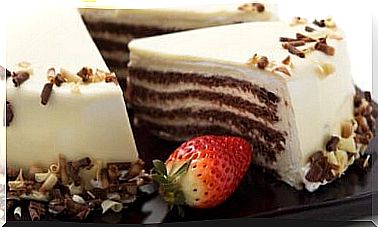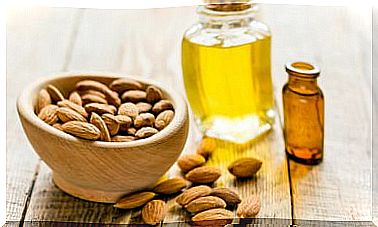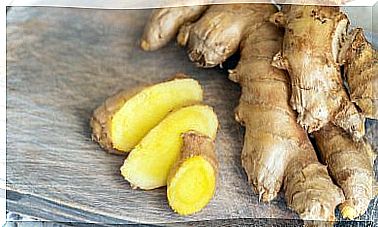What Is Cholecystitis?
Cholecystitis is usually caused by obstruction of the bile duct due to the presence of stones. If the organ bursts, the life of the patient can be put at risk.
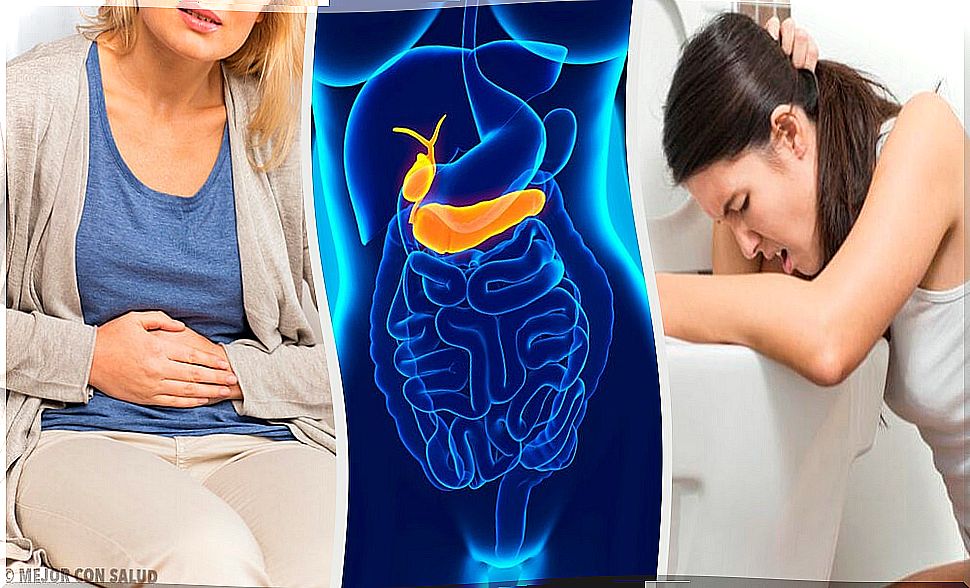
Cholecystitis is inflammation of the gallbladder, that small pear-shaped organ that is located on the right side of the abdomen, below the liver. The inflammation of the gallbladder is a consequence of the formation of gallstones that, in turn, cause an obstruction of the cystic duct. In certain cases, it is produced by a chronic inflammation of the gallbladder that can trigger an infectious process.
The obstruction of the cystic duct produces an excessive accumulation of bile that, by inflaming the gallbladder, triggers severe abdominal pain. Its treatment is of vital importance, because serious complications can develop such as rupture of the gallbladder that, in many cases, puts the patient’s life at risk.
Types of cholecystitis
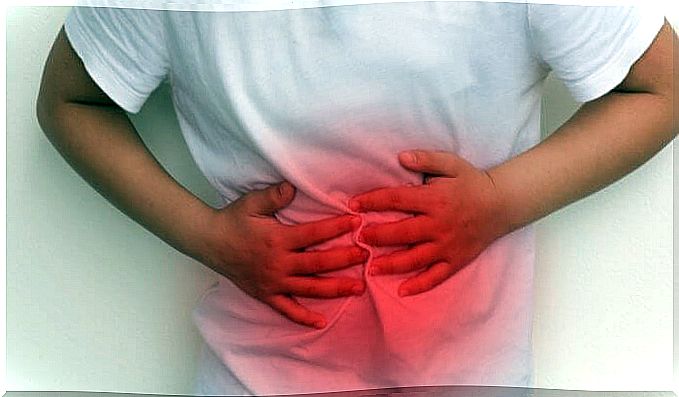
Depending on the severity of the symptoms and their duration, cholecystitis is classified into:
- Acute cholecystitis. It is a sudden inflammation of the gallbladder that causes severe pain in the upper abdomen. Thus, sometimes, the discomfort extends to the shoulder blades.
- Chronic cholecystitis. It refers to inflammation of the gallbladder that persists for a long period of time due to recurrent episodes of acute cholecystitis. Thus, it can be aggravated to such an extent that the organ loses its ability to function properly.
Causes of cholecystitis
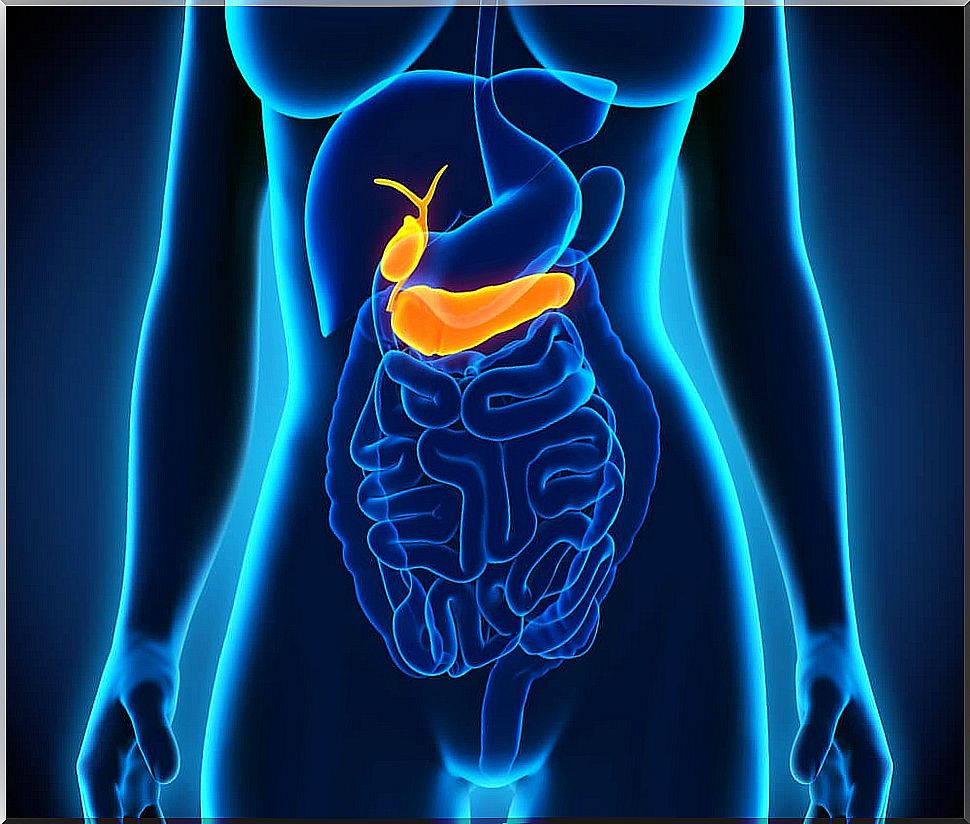
Inflammation of the gallbladder is usually caused by the accumulation of bile, due to an obstruction of the duct through which it is released. Its main causes are:
- Gallstones Gallstones are hard stones that block the cystic duct, thus preventing bile from leaving the gallbladder, triggering an inflammatory process in the organ.
- Tumor. When a tumor forms, there can also be interference in the flow of bile released by the gallbladder. By accumulating inside, it can cause cholecystitis.
- Obstruction of the bile ducts. A deformation of the bile ducts, or the formation of scars in it, can lead to obstructions.
- Infections AIDS and other infectious diseases can cause gallbladder inflammation.
- Blood vessel problems Some chronic diseases damage the blood vessels and, as the flow of blood to the gallbladder is reduced, it tends to become inflamed.
Symptoms of cholecystitis
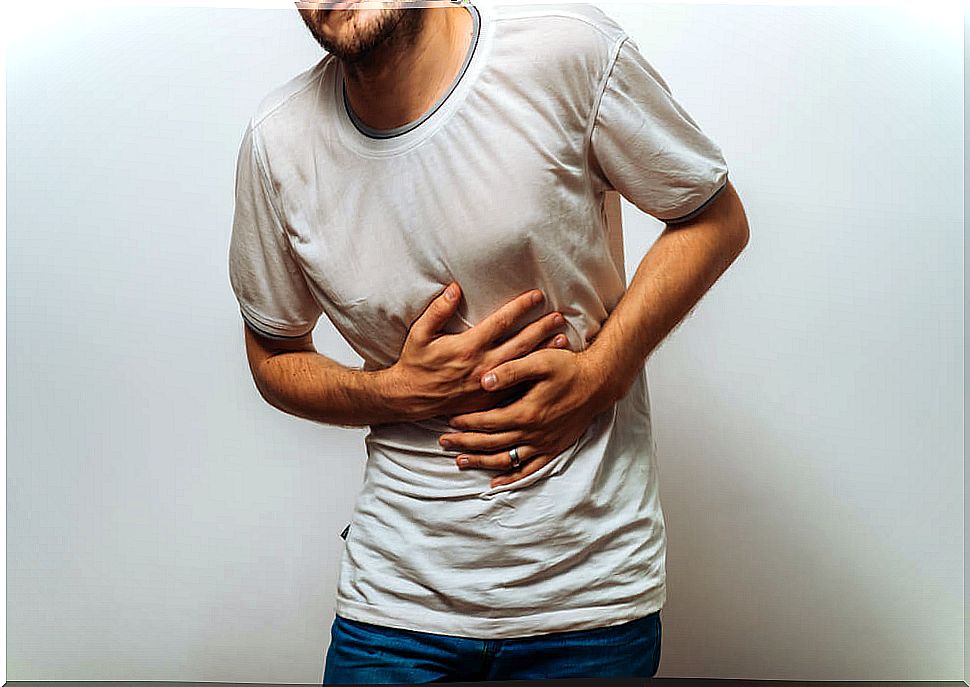
Cholecystitis symptoms often appear after eating, especially if the meals were heavy or high in fat. When it becomes a chronic problem, the complaints are more severe and recurrent. Symptoms include:
- Pain in the upper right or center of the abdomen.
- Nausea and vomiting
- Pain with abdominal palpation.
- Pain spreading to the right shoulder or back.
- Fever (if there is infection).
Diagnosis
To diagnose cholecystitis, the doctor performs an evaluation of the patient’s symptoms, as well as diagnostic imaging tests. The tests and procedures used may include:
- Blood test.
- Abdominal ultrasound.
- Endoscopic ultrasound.
- Computed tomography
- Biliary scan.
Cholecystitis treatment
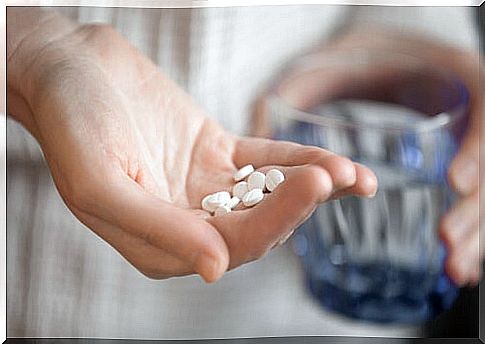
The first measure to treat patients with cholecystitis, be it acute or chronic, is hospitalization. There they are given fluids and electrolytes intravenously and are not allowed to eat or drink. In addition, the symptoms will be treated with different drugs and procedures:
- Intravenous antibiotics (in case of infection).
- Analgesics.
- Stone Removal Procedure: Your doctor may perform a procedure called endoscopic retrograde cholangiopancreatography to remove gallstones.
With prompt medical intervention, symptoms are likely to clear up in two to three days. However, if the problem persists, most patients should undergo gallbladder removal surgery.
Cholecystectomy
Gallbladder removal surgery is a minimally invasive procedure in which small incisions are made in the abdomen (laparoscopic cholecystectomy). Your doctor considers this procedure if:
- The diagnosis of acute cholecystitis is confirmed and the risk of surgery is small.
- The patient is elderly or diabetic.
- Suspicion of possible complications such as an abscess, gangrene, or gallbladder perforation.
- Also in case of acalculous cholecystitis.
A small number of patients report pain even after their gallbladder has been removed. This phenomenon is known among physicians as post-cholecystectomy syndrome and its cause is unknown.

